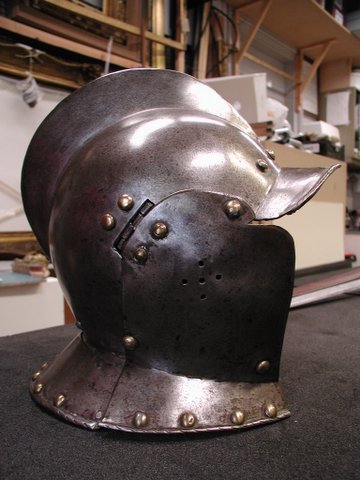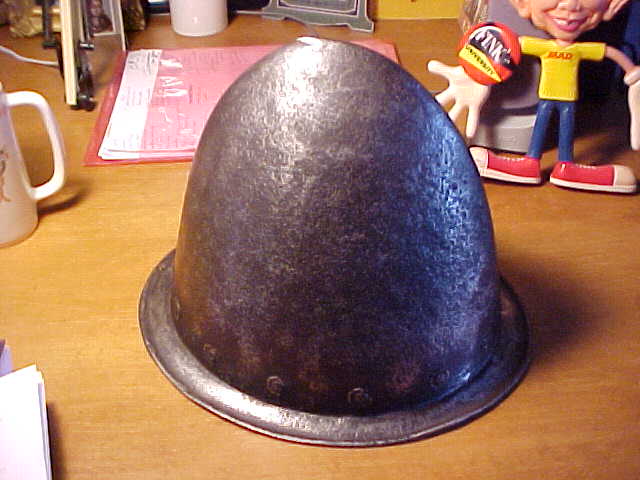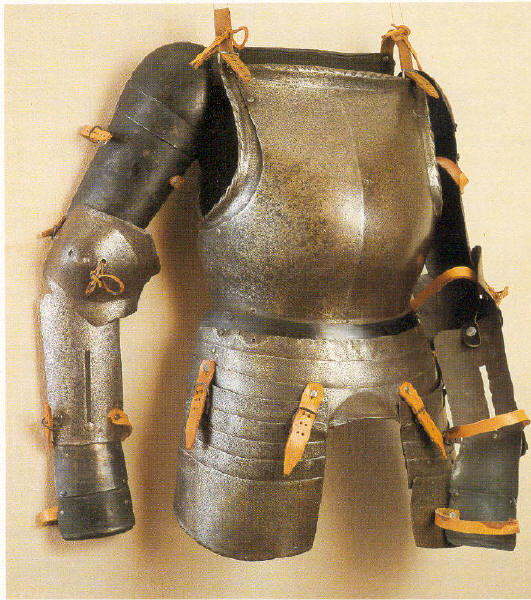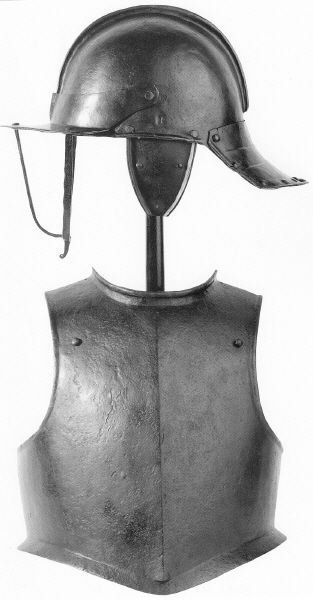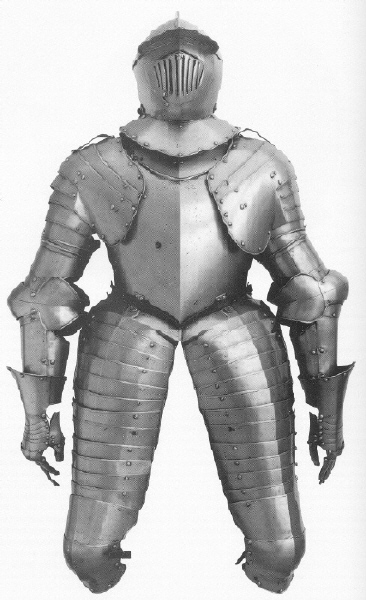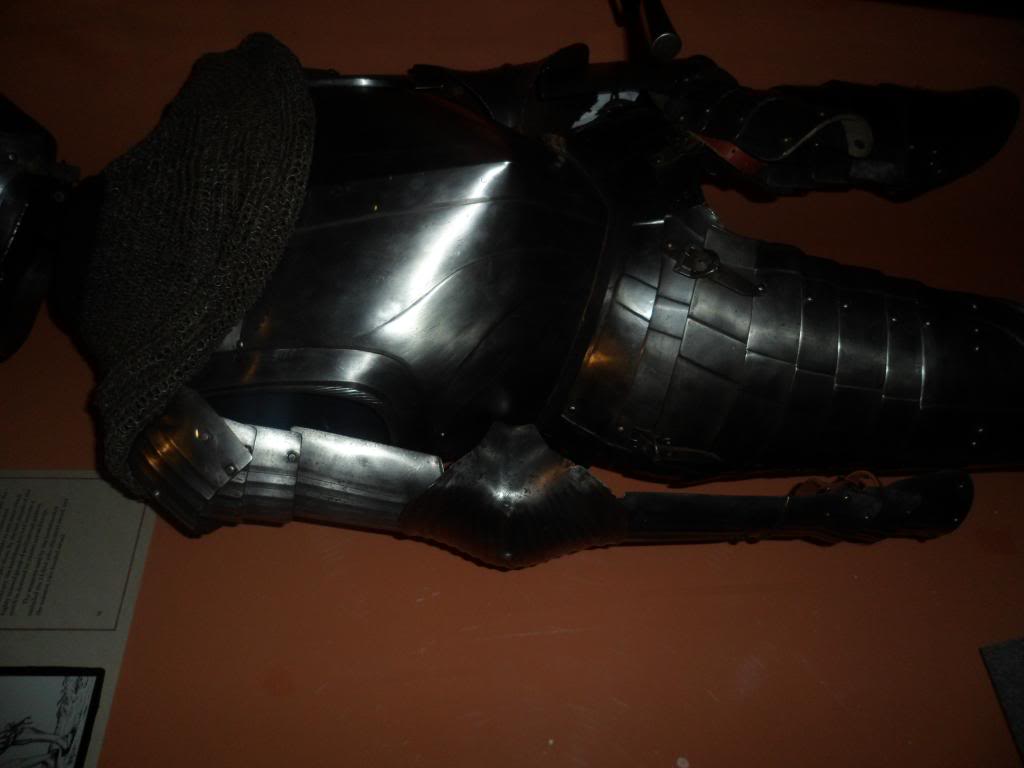Posts: 1,191 Location: Kingston, Washington
Sun 21 Aug, 2005 11:38 am
Wow, thank you, Gentlemen, I knew I could count on you guys to put out some really, really good serious research and thought into this subject! Thanks Daniel and Russ!
I think that the really good point, and perhaps even the focal point made here is that there was a huge difference between what was ordered and what was on occasion delivered. As noted above, while the written requirements may well have been quite strict, what was delivered by various contractors and accepted by the various inspectors varied greatly. Much was not doubt of high quality, made by reputable contractors and accepted (or not accepted) by reputable inspectors. Much was however made by questionable contractors and accepted by less than reputable inspectors who between them were happy to line their pockets with the differences between cost and payment. (One can find instances of this in virtually all wars, and I suspect that the Roman archives list contractors who were taken to court for poorly made sandals, just like those from the American Civil War who supplied shoddy shoes.) And just like items remaining from the American Civil War, one needs to check the differences between what was made, purchased and issued, and what remains for us to compare it all to. It's doubtful that the junk survived long, issued or not. One would suspect that much of the poorly made armour became the gist for the tinker's art, and was recycled into pots and pans before many years had passed... I am also reminded of the note in ffolkes of the "X pounds of armour and old iron sold for scrap" from Oxford University in the 1880's. So even plenty of the good stuff had a difficult time surviving parsimony and scrap drives.
I suspect that Allan's comments on the three basic levels of "issue" are apropos;though I would amend it to being: that there was the junk that was occasionally purchased out of necessity that wasn't up to the standards outlined by the authorities (and hopefully it was sold off as scrap as soon as possible thereafter); the armour that was purchased and was issued but wasn't exactly great stuff, but it worked; and then the actual decent armour from reputable contractors, properly inspected and accepted, that was kept around because it was good, solid armour that was worthy of being issued again. I think that Officers were pretty much expected to acquire their own arms and equipment from their personal resources, though they could choose to purchase from issue grades if they so chose to do.
A friend was recently touring the back rooms of the
Wallace Collection, and when he asked about munitions grade armour, the fellow showing them around said "THIS is Munitions Armour!" and handed them a VERY nice piece, but it was blackened and still had rough hammer marks from the shop. Still, a perfectly good armour in all ways other than polish. However, I suspect that there were, as I note, MANY different grades of same to be found in the armies of the day.
Thanks again for so much great info! Please, more quotes and pictures!
Cheers,
Gordon
